As with many other subjects, Swiss psychiatrist Carl Jung had a refreshingly creative take on compulsive behavior. Here are his two basic ideas: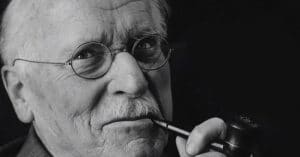
- We have a deep, healthy, and compulsive urge to individuate, to develop our psychological potential through self-realization.
2. If that urge is blocked we resort to neurotic, unhealthy compulsive behavior.
One of Jung’s greatest contributions to psychotherapy was the idea that it should not only help us heal from the past, but it should also enlist our natural propensity to move into the future by evolving psychologically. He asked not just why we have symptoms, but also what the symptoms are for. Where do they lead us?
His perspective sheds a great deal of light on the forward leaning compulsive personality and how to cultivate it. People who are compulsive, I would say, have a particularly strong urge to individuate. They are Driven, and that often leads to extremes.
While this urge to evolve might have been obvious to Jung, the rest of us trying to scrape by may not see it. Yet, start to watch for this drive and you’ll see that it was hiding in plain sight all along. We want to grow, but aversive conditions may lead us to grow sideways.
Contents
Compulsive Behavior and the Urge to Individuate
Jung wrote that this urge to individuate is “a law of nature and thus of invincible power.” [i]![]() He was saying that we have an instinct to develop as much of our unique potential as possible, and to move toward wholeness. Individuation means to make one–to bring the various parts of the personality into harmony.
He was saying that we have an instinct to develop as much of our unique potential as possible, and to move toward wholeness. Individuation means to make one–to bring the various parts of the personality into harmony.
He used the image of the mandala, a squared circle, to describe this process. He felt that the mandala illustrates our natural tendency to develop our personality around a central point, a point which becomes a source of energy: “The energy of the central point is manifested in the almost irresistible compulsion and urge to become what one is, just as every organism is driven to assume the form that is characteristic of its nature, no matter what the circumstances” [ii]
Well, that’s just swell. But what happens to that energy when it’s blocked? We’ll get to that.
Balance: How to Individuate in Two Not-So-Easy Steps
Jung believed that we achieve individuation through a balancing process. We ascend the psychological stairs by putting the left foot forward, and then the right foot. Left then right. We integrate contrasting parts of the personality in turn. We exercise one aspect of our personality first and then the other, eventually getting them to work together.
For example, we balance pursuing career ambitions with developing good relationships, nurturing the body with cultivating the mind, planning the future with savoring the moment.

Jung often stressed the importance of “holding the tension of the opposites.” We need to think in terms of “both/and” rather than “either/or” when choosing how to live.
Observe a charioteer taking the reins of his two horses. So long as he balances left and right, they move forward. Like a charioteer we balance the different urges that come from within: masculine and feminine, spiritual and earthly, reason and feeling, assertive and receptive. This balancing act defines individuation.
For people with obsessive-compulsive tendencies, this could mean balancing the active and reflective parts, leader and follower parts, and driven and accepting parts.
But just to be clear, Jung’s suggestion was not for compromise, not for bland milquetoast. It was to live each side to the fullest extent possible.
And Now, Reality
This all sounds well and good, but most people don’t wake up in the morning raring to individuate. We tend to experience one drive, one personality part, at a time. In an ideal world, we’d naturally include the contrasting drive or part in turn.
But life isn’t ideal. Because of imperfect parenting, unfriendly environments, and skewed cultural pressures, we often get stuck using either the left foot or the right foot, and we end up moving in loops of compulsive behavior. Imagine what happens when the charioteer pulls only on the left side of the reins.
Most of us tend to lose touch with the deeper and healthier urges to self-realization that would help us to be more balanced. About 100 years ago Jung wrote: “The psyche of civilized man is no longer a self-regulating system but could rather be compared to a machine whose speed-regulation is so insensitive that it can continue to function to the point of self-injury.” [iii] Compulsively perfectionistic behavior is machine-like and it is often dangerous. It’s habitual and doesn’t consider the effect on our well-being. And I’m afraid that we’ve become even more machine-like since when Jung was writing.
While we might buy into the idea of becoming our “best self,” too often that “best self” is more like a public performance rather than a quest for inner harmony, a private symphony in which all our parts, both harmonious and dissonant, come together to create something new and whole.
When Individuation is Blocked
Jung believed that we have a responsibility to the world and to ourselves to realize our fullest personality, and that when we don’t meet that responsibility, we engage in compulsive behavior. [iv]
When we don’t follow the urge to self-realization we may end up with the more neurotic types of compulsion we see in workaholics, “control freaks,” obsessive compulsive personality disorder (OCPD) and those with extreme Type A Personality. We come loaded with energy for individuation, and if it doesn’t flow into true self-realization, it overflows into other projects that don’t serve us as well: endless car washing, correcting the “obvious” shortcomings of others, and obsessing tweaking our hair so that it looks “okay.”
Examples of Blocked Individuation and Compulsive Behavior
Imagine that a woman is by nature a leader. She has an urge to use her strength, courage and wisdom to take leadership in her job, family or community. But circumstances have made that difficult; she’s told she should be a caretaker and follower. Pursuing leadership could lead to rejection by those closest to her.
But if she doesn’t pursue leadership, she could also feel stuck and depressed, and she may engage in compulsive behavior about other things. The caretaking she does do may become infected with resentment, rigidity, control, and perfectionism. The healthy urge can find no outlet and comes out in less helpful ways.
Or, think of a man whose nature is creative. When he was young he loved to work with clay and as he grew older he sculpted whenever he could. But he’s been told by his family to go into finance and focus on making lots of money, rather than finding a realistic way to honor his creativity. His unmet need for creativity could lead to more destructive compulsive behavior such as promiscuity, gambling, drinking or drugs.
Heeding the Urge: What’s Been Left Out?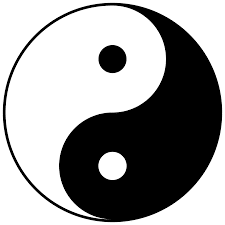
Removing this blockage requires that we ask what we have left out of our personal development, and then risk bringing it into our life. What potentials have you not cultivated yet that need expression? If you can identity that, you can steer the energy where it really needs to go, rather than have it drive you in obsessive circles.
Too often one part of the personality drives us, not allowing us to move in the more balanced direction of self-realization. The charioteer represents the ego that takes the reins and follows directions from within, directions which may feel contradictory at times. The unconscious often knows better than consciousness what we need. [v]
In another post I described four types of compulsive personality, which we can also understand as four aspects of the compulsive personality: Teacher-Leader, Worker-Doer, Server-Friend and Thinker-Planner. If we live in only one of these aspects, then we live in one “type,” and don’t achieve wholeness. At extremes we become caricatures of the different types, each one having their own way of controlling and trying to be perfect. Each of these aspects have their positive potential and negative potential. In order to disengage from compulsive behavior, we can cultivate the positive aspects of each of them, especially the ones that have been left out. Doing so moves us toward growth and individuation, and in doing so we become less likely to get caught in compulsive behavior.
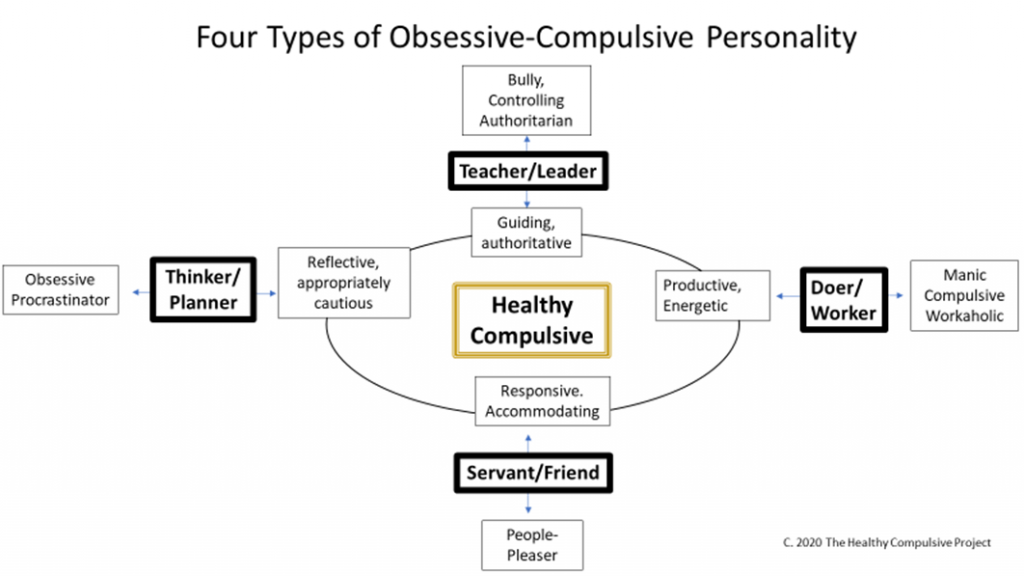 The point of describing these four types is not to pigeonhole anyone, but to show a path toward wholeness.
The point of describing these four types is not to pigeonhole anyone, but to show a path toward wholeness.
It’s not easy, but when we recognize this urge in us, a lot of life experience that had been disorienting begins to help us to find our center. Psychological symptoms become signs of what’s left out. When we are aware of the larger direction that individuation urges us in, we can steer its energy more effectively.
[i] Collected Works Volume 9.1 Paragraph 289
[iv] CW Vol 16 Par 372 “Carelessness of all kinds, neglected duties, tasks postponed, willful outbursts of defiance, and so on, all these can dam up his vitality to such an extent that certain quanta of energy, no longer finding a conscious outlet, stream off into the unconscious, where they activate other compensating contents, which in turn begin to exert a compulsive influence on the conscious mind. (Hence the very common combination of extreme neglect of duty and a compulsion neurosis.)”
[v] The Red Book Reader’s Edition, Pages 394-59



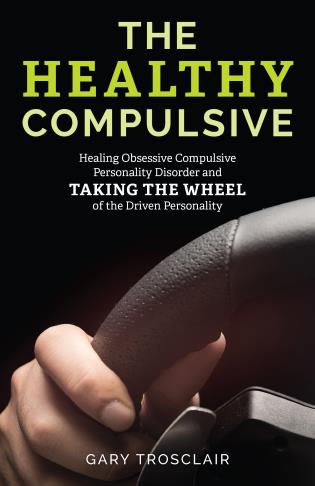
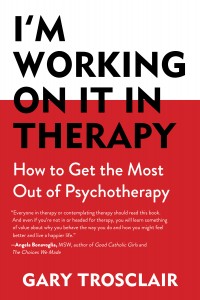
4 Comments
Leave your reply.